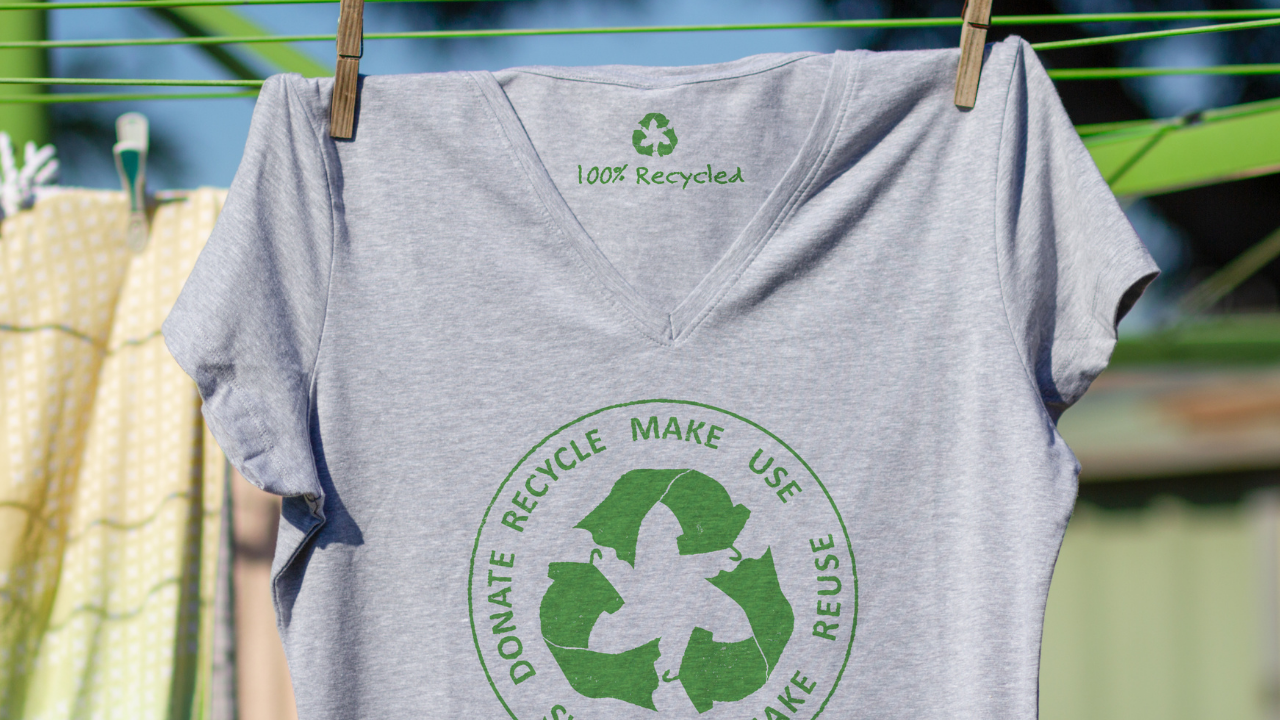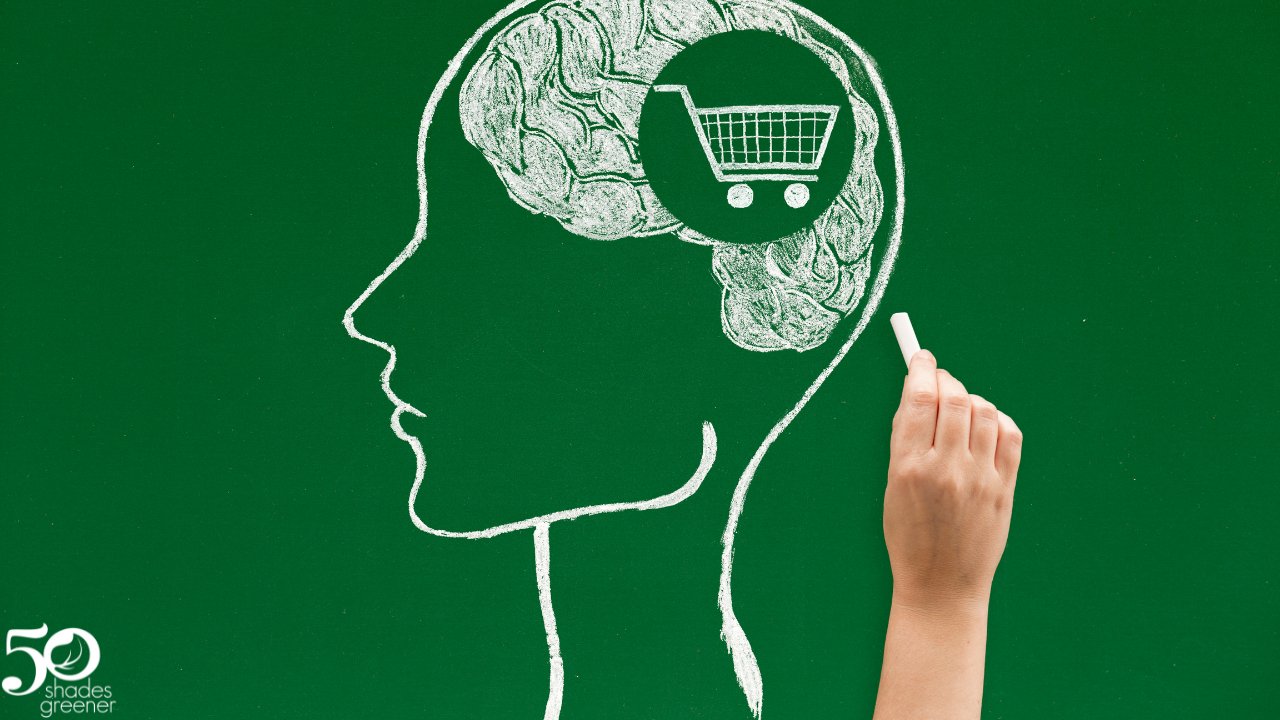Categories
All Categories #ge2020 #softplastic accessibility affordable and clean energy air miles air quality air travel air travel carbon air travel tax allergies amazon american eleccion anxiety artisan artisan producer aviation bacteria baking soda be bold behavioural change benefits of green benefits of green hotels benefits to green business benefitsofanelectriccar best practice standard biodiversity blended working blue kmc² living labs network bog bogland bold change booking.com boost communities boost economies bottled water bottom line brexit ready broken food system budget 2020 building materials business business carbon footprint business costs business efficiency business name business oportunity buying habits call to action canada capital investment capitalism carbon capture carbon conscious carbon cost carbon credits carbon emissions carbon emmissions carbon footprint carbon grams carbon neutral hotel carbon neutrality carbon offsets carbon offsetting carbon reduction carbon sequestration carbon sinks carbon storage carbon tax carbonfootprint caring for people ceramic chemical chemical free child labour chocolate chocolately clare choice christmas christmas shopping tips circular economy circulareconomy circularity clare spring cleaning product climate action climate action plan climate adaptation climate change climate change language climate crisis climate justice climate mitigation climateaction climatechange co2 co2 reduction coffee collaboration comfort felt commercial water charges communication community communityaction comparison competition compost compost kitchen confederation of tourism & hospitality confederation of tourism and hospitality confusion conscious consumer consumerism consumption contact dermatitis convenience culture coronavirus corporate responsibility corporate social responsibility corporate sustainability cost savings costarica covid-19 covid-19 business advice covid19 crop failure csr csrd cth culture culture of sustainability cumulative action daily commute dairy free data data centre design digital carbon footprint dirt disability inclusion distance learning ditch the disposables diy donate drinking water e-learning eatseasonal eco cleaning eco friendly eco friendly accommodation eco friendly hotel eco hotel eco hotels eco-friendly business economical benefit ecotourism educate education education for sustainable development efficiency election 2020 electriccar electriccaranxiety electriccarfrustrations electricity demand electricity production electricity supply electricvehicle embodied carbon employee wellbeing empowering women energy energy conservation energy consumption energy costs energy efficiency energy production energy reduction energy saving energy savings energyefficiency engagement entering awards entreprenuer entreprenuership enviroment enviromental sustainability management in hospitality environment environmental environmental awareness environmental education environmental impact environmental management environmental management in hospitality environmental management system environmental protection environmental social governance environmental sustainability environmental training environmentaleducation environmentally conscious environmentally friendly esg esg basics esg business esg certification esg finance esg for business esg in business esg investment esg metrics esg reporting fair trade fashion industry fast fashion festive guide film film industry fixtures and fittings flexibility flight tax flooding food air miles food chain food education food loss food producer food sustainability food system food waste food waste reduction foodchain foodwaste framework of education free online course free training fresh produce freshwater friends of the earth frustration fumes gender equality generation tomorrow getaways ghg ghgemissions ghgprotocol giftideas glaciers global food security index global harvest global warming good bacteria good health good practise standard governance government strategy green awards green business green business award green business benefits green business practices green business training green cities green clean green education green finance green hospitality green hotel green hotel benefits green hotel tips green hotels green house gases green journey green leadership green living green manager green marketing green news green party green performance indicators green politics green purchasing green recovery green skills green suppliers green teacher training green team green tip green tourism green training green washing green wave greenhouse greenskills greenteam greentourism greenwashing greenwashing prevention guest experience gulf stream gut health handmade heat pump heating system hollywood home heating homemade hospitality hospitality business hospitality courses hospitality food waste hospitality hospitality industry hospitality indsutry hospitality industry hospitality industry news hospitality management hospitality news hospitality student hospitality team hospitality training hospitality waste hospitality waste management hotel cost reduction hotel costs hotel costs savings hotel doolin hotel energy hotel energy management hotel food waste hotel industry hotel management hotel management college hotel manager hotel managment hotel news hotel online courses hotel renovation hotel training hotel training courses hotel waste management hotels how to conserve water how to reduce hotel waste how to reduce plastic in hotels how to win awards how to win green awards hr human social responsibility hybrid working hygiene immune system immune system support indigenous energy indigenous projects individual action individually wrapped condiments industry carbon footprint inequality international green award invasive species investment investors ireland irish business irish hospitality irish hotel irish peatlands irish tourism irish water job satisfaction keep cup keep water bottle kenya kenya hospitality kenya tourism know your numbers knowyournumbers language barrier leadership leaf mark™ lemon level 4 level 4 qualification level 6 life below water life on land life span lifestylechoices linear economy linear thinking listen listener litter local local business local economies local producer local purchasing local suppliers loose fruit loose vegetables love low-carbon materials lowcarbonlifestyle lower carbon lower carbon lifestyle lowercost loyalty lucart luxsustainability marine conservation marine ecosystem marketing measuring mental health menu planning modern slavery monitor monitoring national geographic natural disaster natural medicine natural paper netherlands netzero no poverty non profit ocean health ofqual oil company online learning opportunity organic organic chocolate overconsumption overproduction packaging palm oil free parisagreement partnerships for the goals peace peat restoration peatland restoration peatlands personal accountability personal impact pesticides planet or plastic plastic plastic container plastic free plastic free packaging plastic in hospitality plastic in the hospitality industry plastic pollution plastic prevention plastic waste probiotic professional development protective gear public health public safety qualityeducation ravana garden recycle bike hub recycling recycling swindle reduce reduce carbon reduce carbon footprint reduce energy cost reduce food waste reduce hotel waste reduce plastic use reduce waste reduceutilities reducing refill reforestation refurbish refuse resue recycle renewable certification renewable energy renewable energy provider reporting repurpose resource efficiency resource efficient respect responsible consumerism responsible consumption responsible production responsible tourism reusable reusable water bottle reusables reuse rise in sea levels rose hotel tralee run off water sanitation saucy challenge scope 3 sdg 1 sdg 13 sdg 14 sdg 15 sdg 16 sdg 17 sdg 2 sdg 5 sdg 6 sdg 7 sdg 8 sdg 9 sdg goals sdg10 sdg11 sdg3 sdg4 sea levels sea shepherd seasonal seaweed shannon college shannon college of hotel management sharing economy shatila refugee camp shop local single use alternatives single use plastic singleuseplastics slavery slow fashion small business sme social social sustainability social wins society staff ideas staff retention staff training staffcommunication stafftraining stainless steel sterile sterile environment strong institutions supply chain supplychain support support local sustainability sustainability certification sustainability courses sustainability curriculum sustainability education sustainability news sustainability reporting sustainability training sustainabilitytips sustainable sustainable awards sustainable business sustainable chocolate sustainable christmas sustainable christmas ideas sustainable christmas tips sustainable cities sustainable cleaning sustainable coffee sustainable communities sustainable consumerism sustainable development goal sustainable development goals sustainable economic growth sustainable education sustainable finance sustainable food sustainable hospitality sustainable hotel sustainable interior design sustainable labels sustainable lifestyle sustainable luxury sustainable menu sustainable programme sustainable shopping sustainable supply chain sustainable team sustainable tips sustainable tourism sustainable transport sustainabledevelopment sustainabledevelopmentgoals sustainablelifestyle sustainabletourism sustainablity team team education team incentive team support team training team work tetra pak the studio throwaway culture tourism tourism and brexit tourism covid-19 toxic tradition traditional framework trainer trainers transparency travalyst tree planting triple win trump trusted brands turf turf cutting tv uk hospitality understanding understory unsustainable upcycle upskill valentine'sday valentines vedda vegan vegan friendly veganism vegetearian recipes vintage volunteering waste waste management waste management for hotels waste prevention waste production waste reduction wastelaws wastemanaement wastemanagement wastesegregation water access water conservation water consumption water management watermark coffee wellbeing wetlands wfh win awards work from home work life balance workforce worldfoodwaste year of hope younger generation zero food waste zero hunger zero waste zero waste shopping zerowaste





